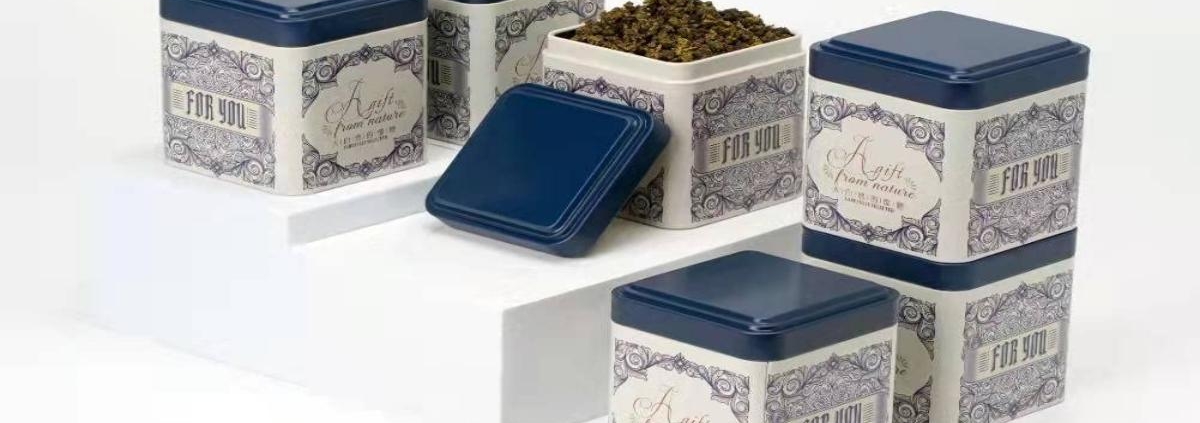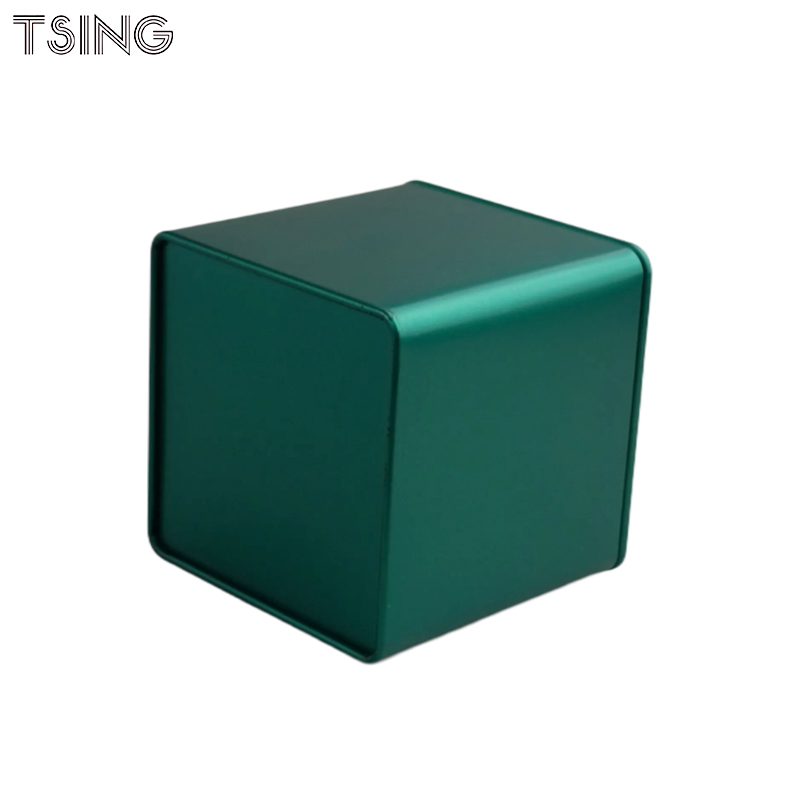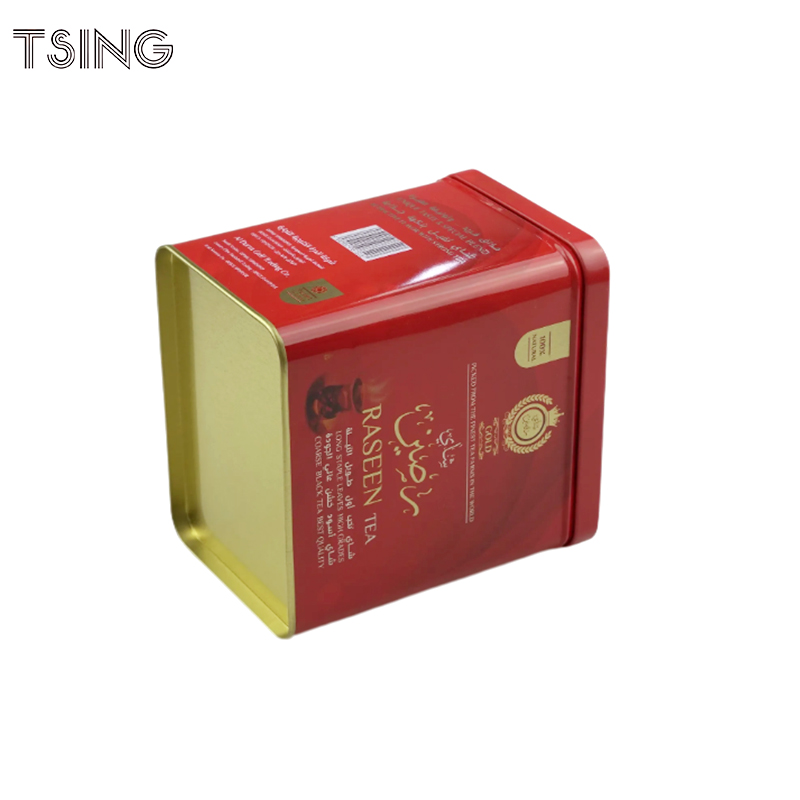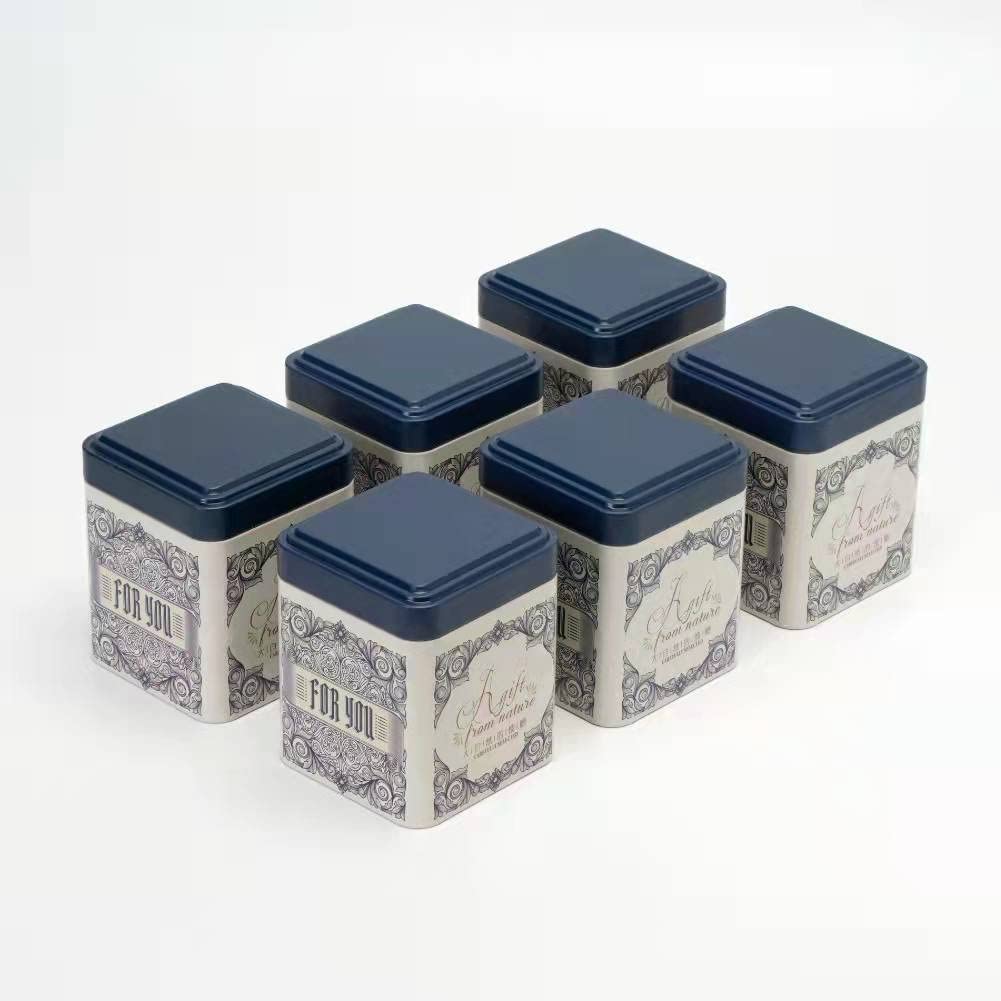Which shockproof base can protect the tea tins during use?
Drops and bumps during daily use can damage premium tea tins, compromising overall aesthetics and product integrity. To prevent dents, cracked seams and leaks during daily use or transportation, a suitable shock-absorbing base is needed. Specially designed tin bottoms absorb impact energy, distribute impact evenly, protect the tin walls and lid seams, and maintain a seal to prevent moisture and aroma loss. The main types of tin bottoms in our designs range from padded tin bottoms to hybrid composite tin bottoms, each customized for different fragility, price points, and aesthetic needs.
Liner Base for Absorbing Impact Inside Tea Tins
One of the most subtle yet effective shockproof solutions for tea tin cans is the liner base, a thin, precision-molded insert embedded into the tin’s base. Our 1.5 mm-thick food-grade polyethylene liner absorbs up to 60% of the drop energy before transferring the force to the metal shell. In addition, the liner’s smooth, inert surface prevents loose tea leaves from abrading the inside of the tin during transportation or shelf vibrations. Typically, I often specify these liners for 100g and 250g custom tea tins to minimize bulk and cost while still providing impact resistance. Additionally, by incorporating an injection-molded dimple or ribbed texture into the bottom of the liner, we can further dissipate shock waves and reduce low-frequency vibrations. This approach maintains the shape of the tin and preserves the tea aroma during long-distance transportation.
Sealed Bottom, Stabilizing the Can
The seam base is a reinforcement ring around the bottom seam inside the tin can, precisely increasing the structural rigidity of the tin at its weakest point. We mechanically crimp or weld the stainless steel reinforcement ring to the circumference of the tin. As a result, the base resists inward bending when the tin is hit or dropped at an angle. The seam base is designed to be 5mm higher than the sidewalls, increasing bending rigidity by 30% without changing the appearance. In high-end tea tins featuring ornate embossing and premium finishes, this hidden reinforcement enables us to enhance drop resistance while maintaining a sophisticated exterior design. By integrating the seam base into the production mold of the tin, we can achieve continuous strength improvements without compromising aesthetics.
Rubber gasket base for tea tins combines cushioning and sealing integrity.
For tea tins that must withstand repeated opening and closing, as well as potential impacts, a rubber gasket base provides a dual benefit: shock absorption and complementary bottom seal protection. We place a 2mm thick, FDA-approved silicone gasket under the bottom of the jar to cushion the impact of a drop from a height of 1 meter to the concrete floor while also compressing and sealing the tiny seams to prevent moisture or odors from entering. Engineers select food-grade silicone gaskets with 20-30 Shore A hardness to optimize damping and prevent bottom wobbling or over-compression. This solution ensures that high-quality loose leaf tea, matcha powder, or mixed herbs remain dry and fresh, while the tin can withstand impacts on kitchen counters, picnic tables, or during travel. Additionally, the gasket features a non-slip function, ensuring the tin remains stable on smooth surfaces.
Foam-lined base for lightweight, efficient protection
Foam-lined bases are ideal for tea tins, particularly for e-commerce or gift packaging, due to their lightweight and high energy absorption properties. In addition, closed-cell EVA repels moisture and insulates the tin from impact during handling, making them ideal for the more stressful 500g or 1kg tins. Additionally, we integrate precision-cut foam liners during manufacturing to fit snugly within the tin’s internal dimensions, ensuring that the liner or tea bag remains in place during transport. By customizing foam thickness, pore density, and even adding a printed decorative layer, manufacturers achieve up to 80% drop force absorption while preserving unboxing integrity. This tin bottom solution also pairs perfectly with gift boxes, providing a luxurious touch while providing practical protection.
Hybrid composite base for maximum durability
When maximizing protection—especially in industrial, outdoor, or high-traffic retail settings—hybrid composite bases leverage the combined strengths of metal, liner, and foam solutions. We bond a thin polyethylene liner to a stainless steel seam ring and back it with three mm-thick closed-cell EVA foam. In addition, composite bases provide both internal wear resistance, structural rigidity, and efficient shock absorption. And we also design these bases using ultrasonic welding and food-safe adhesives to ensure that the layers remain unbreakable under repeated impact and thermal cycling. On custom tea tins, this hybrid approach preserves fine tinplate printing, metal finishes, and embossing while providing military-grade drop resistance.
Choose the Best Shockproof Base
To protect tea cans from damage and ensure a high-quality user experience, it is essential to select a shockproof base that is tailored to the intended use, weight, and aesthetic of the can. Depending on the situation, we will choose padded bases for lightweight home use, structurally reinforced seam bases, rubber gasket bases for enhanced cushioning and sealing, foam liners for lightweight shipping protection, and hybrid composite materials for maximum durability. The tea leaves protected by these bases can maintain their original flavor, and your tea can retain its visual appeal.
































 Facebook
Facebook Twitter
Twitter Linkedin
Linkedin